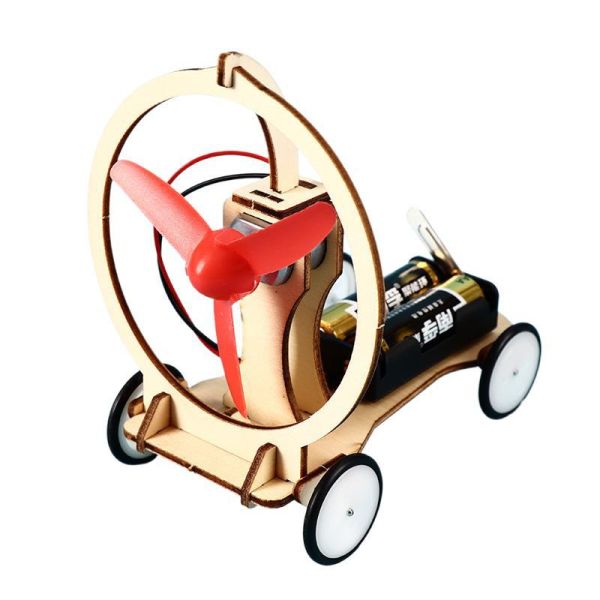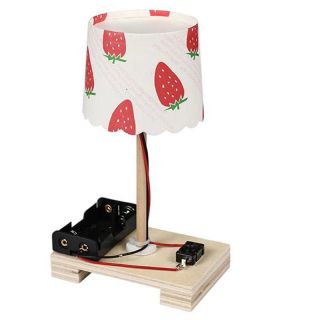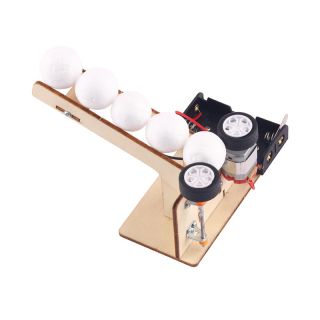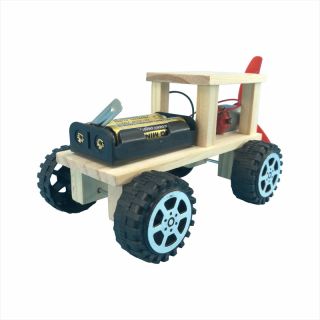All Categories
Slick Wind Power Car Kit - Cat#80-50-W056
In stock
SKU
Cat#80-50-W056
CA$7.70
- Buy 2 for CA$7.05 each and save 8%
- Buy 6 for CA$6.40 each and save 17%
Ignite Curiosity — Turn Wind into Motion with the Slick Wind Power Car Kit
Invite your students to become young engineers, physicists, and designers—with just one compact kit. The Slick Wind Power Car Kit offers a rich, hands-on experience that ties together multiple STEM concepts in a way students can see, feel, and explore.
What’s inside & how it works
A lightweight car chassis that’s easy to assemble
A motor-driven fan (propeller)
Battery holder and wiring to power the motor
Parts to mount, balance, and align the fan on the vehicle
When students power up the motor, the fan pushes air backward. Thanks to Newton’s third law (action and reaction), the reaction force drives the car forward.
STEM concepts in action
As students build and test this kit, they’ll naturally explore and discover:
| STEM Domain | Key Concepts | Classroom Connections |
|---|---|---|
Physics / Forces & Motion | Newton’s third law (action-reaction), thrust, friction, drag | Have students experiment with fan size, angle, or adding weights and observe changes in performance |
Energy & Electricity | Electrical circuits, power conversion (chemical → electrical → mechanical), motor behavior | Students wire the battery and motor, learn how current and voltage affect speed |
Engineering & Design Thinking | Structural balance, alignment, materials, iteration | Challenge students to optimize speed, stability, or distance through redesigns |
Mathematics & Data | Measurement, graphs, ratios, averages | Students can time runs, measure distances, graph results, find trends |
Why teachers will love it
Low-cost, high-impact kit — ideal for individual or small-group builds
Scalable challenge levels — adapt for grades 6–10 by varying the depth of extension tasks
Cross-curricular potential — integrates science, math, engineering, and technology
Resource-ready — comes with a teacher’s guide (see Additional Resources) to support lesson planning Kidder
Classroom Activity Ideas
Design sprint: Give student teams limited time to assemble and test, then showcase and compare design choices
Optimization lab: Ask teams to tweak their builds (adjust fan angle, change wheel diameter, or shift battery placement) to maximize distance or speed
Data challenge: Students log multiple runs, collect distance/time data, graph results, and propose which variables had the biggest effect
Extension project: Have students adapt the car into a wind-powered glider or hybrid version combining this fan-motor with a sail











